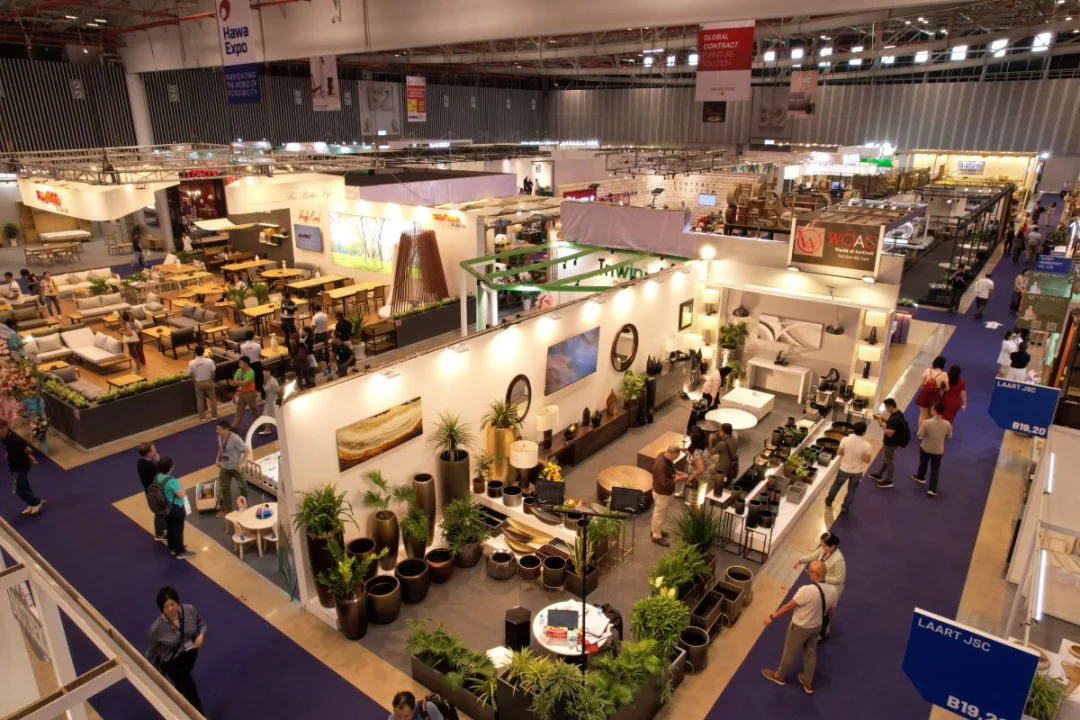In today's interconnected world, the boundaries of design are dissolving. Furniture brands and designers are increasingly collaborating across continents, combining local craft with global vision. These partnerships are not just about aesthetics; they reflect deep cultural narratives, sustainability values, and technological integration that align with the needs of modern living.
Cross-continental collaborations bring together the strengths of different design traditions. Scandinavian minimalism may blend with Mediterranean warmth. Japanese precision might meet American innovation. Together, they are creating furniture that is smarter, more human-centered, and truly global.
Why Cross-Continental Partnerships Matter
- Cultural Fusion
Design collaborations allow diverse cultures to merge, producing furniture that reflects multiple identities and global sensibilities. - Innovation and Learning
Working across regions encourages knowledge exchange in materials, technology, and sustainability methods. - Market Expansion
Designers and manufacturers gain access to new customer bases through strategic cultural and geographic alliances. - Sustainability Synergy
Shared environmental goals encourage circular design strategies and responsible sourcing.
Notable Examples of Cross-Continental Collaborations
Muuto (Denmark) × Inga Sempé (France)
A successful European partnership blending Scandinavian functionality with French creativity. The result is furniture that is both practical and expressive, such as the Resto chair.
Nendo (Japan) × Fritz Hansen (Denmark)
The NO1 chair is a synthesis of Danish craftsmanship and Japanese design philosophy. The collaboration showcases minimalism, elegance, and ergonomic intelligence.
Kartell (Italy) × Tokujin Yoshioka (Japan)
The Invisible Table is a striking piece of transparent furniture. This collaboration demonstrates how material innovation can lead to visually powerful yet functional designs.
Bandido Studio (Mexico) × Normann Copenhagen (Denmark)
A bold partnership that blends the rawness of volcanic stone and terracotta with the clean lines of Danish minimalism. A meeting point of natural texture and refined geometry.
Herman Miller (USA) × Naoto Fukasawa (Japan)
This collaboration delivers modular seating that merges comfort-driven American ergonomics with Japan’s emotional and sensory design approach.
Fabrica (Italy) × Turkish Craft Guilds (Turkey)
An emerging initiative uniting contemporary Italian design with Anatolian woodworking and ceramic traditions. This partnership aims to preserve heritage while embracing innovation.
Key Elements for Successful International Collaboration
- Design Compatibility
Collaborations work best when both parties share a compatible design philosophy or a complementary contrast. - Respect for Local Craftsmanship
Understanding and honoring traditional methods leads to authentic and meaningful outcomes. - Transparent Communication
Time zones and cultural differences require clear, respectful dialogue throughout the process. - Mutual Sustainability Goals
Eco-consciousness must be part of the collaboration from concept to production. - Integrated Production Planning
Effective logistical coordination is essential for successful market delivery.
The future of furniture is collaborative. As consumers seek authenticity, sustainability, and functionality, international partnerships provide a pathway to meet these demands. Cross-continental design is more than a trend; it is a fundamental strategy for innovation and cultural connection.
By embracing co-creation, the furniture industry does not just produce better products—it tells richer stories, expands its vision, and defines the way people will live for decades to come.







